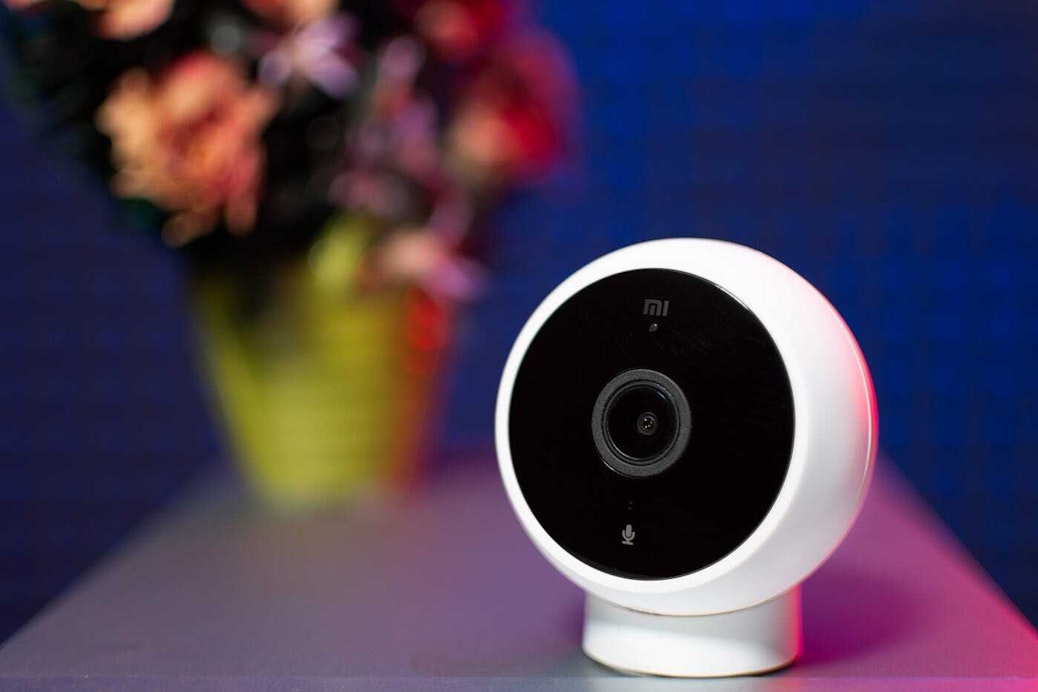
Customer success is an integral part of any business seeking to build a good reputation and propel its growth. One of the most effective ways to measure customer loyalty is through a Net Promoter Score® (NPS®). However, NPS only gives a limited view. The consumer electronics industry can go beyond NPS and gain valuable insights from customer product usage through Segmented NPS. In this article, we will discuss how consumer electronics brands can leverage both metrics to instantly improve customer experience and develop successful product strategies down the line.
To establish a solid rapport with customers, a company needs to pay heed to its Net Promoter Score (NPS). Gartner defines NPS as a “KPI used to assess overall customer satisfaction”. So where does this type of score fit in a larger context?
According to a study by Jay Baer and Daniel Lemin, 83% of Americans say that a word-of -mouth (WOM) recommendation from a friend or family member increases the likelihood of them purchasing that product or service. Earned media, WOMM, is still by far the strongest form of marketing. If we look at this statistic in another light, no matter how much money or time you invest in making the perfect marketing plan to launch your consumer electronics product, a bad customer experience can have a direct impact on your customer acquisition numbers and bottom line.
We all know that consumers will tell others about their experiences, both good and bad. According to a study by American Express, Americans tell an average of nine people about good experiences — and nearly 2x as many about poor ones. If we add social media to the mix, you can start to imagine the reach multiplied to that. This is why collecting customer feedback is so important; you can identify existing and potential problems with your consumer electronics product early on to prevent negative experiences and bad reviews. That will also help to make your existing customers happy, and they in turn recommend your company to their friends and family…which is something you can and should encourage, by the way (read on for more about that).
Retaining customers is significantly cheaper than trying to acquire new customers. Just a 5% increase in customer retention can improve profits between 25% — 95%, now that’s some positive ROI! In other words, loyal customers can grow your business far faster than marketing and sales efforts. With that said, you can get ahead of the curve by leveraging a NPS survey to gain quantitative consumer feedback.
Here’s a look at leading 2020 consumer electronics brands benchmarks for NPS:

Now imagine that you want to go a step further and look into an existing or the upcoming release of your consumer electronics product. You’ll need a Segmented NPS.
What Is Segmented NPS?
Taking this concept a step further, a Segmented NPS is an even more valuable way to measure and predict the success of a consumer electronics product. It’s useful to use NPS surveys to adjust how you structure your business and a customer success strategy. However, NPS by itself only gives you a limited picture, while Segmented NPS can help you unearth even more insights.

Segmented NPS is a powerful way to detect which characteristics impact the Net Promoter Score positively and which impacts it negatively. Using a Segmented NPS mechanism, leading consumer electronics companies identify the type of users which are more likely to adopt future versions of their products, as well as the types of features that are more likely to improve the overall customer experience for their customers.
Segmented NPS allows you to dig deeper with different types of customers and their product usage behaviors. When you break down your customer base under various categories such as Location, Firmware Versions, Operating Systems, Personal Preferences, Device Model, etc., you can start to see what products and strategies are hitting the mark.
Moreover, when you layer in actual features usage data, you get a more comprehensive picture. Similarly, Segmented NPS can inform you of what areas need improvement.
How Do I Segment my NPS?
Segmenting a NPS is done by combining the NPS survey results with other pieces of information. A basic Segmented NPS would combine NPS data with the type of product purchased, customer’s location, and subscription plan.
The beauty of connected consumer electronics, however, is that you are also able to capture specific usage data from the actual devices, the mobile app, website or even voice assistants.
You can inform both your customer experience, marketing, and product strategies by Segmenting NPS by device type or version, when and how often a specific household member uses the device, and which features are used most frequently or not at all.
What Value Does Segmented NPS Offer Me?
At a basic level, segmenting NPS helps you to identify what makes some customers happy within specific segments, and what is frustrating customers in other areas. However, it’s necessary to go deeper to understand why a segment of a customer isn’t happy.

A Net Promoter Score ranges between -100 to 100, while the customers’ answers are 0–10. Of course 9–10 is optimal, while a 7–8 needs work, and an 0–6 is a customer who may damage your brand reputation because they’re not very happy with one of your products, services, or the way your customer success specialists represent your business. It’s important to keep in mind that a customer with an NPS of 0 is not the same as one with a 6, and the two should be handled differently.

But consider how, as a consumer electronics company, a Segmented NPS based upon usage data could tell you about your customer’ loyalty and satisfaction:
- Segmenting users based on mobile operating systems can tell you whether your Android users have a lower NPS score than your iOS users.
- A fitness tracker manufacturer can determine if customers who use the heart-rate monitor function have a higher NPS score than users who don’t.
- A coffee machine manufacturer that also sells coffee pods can determine if their dark roast customers have a higher NPS score than those who prefer light roast.
How Can Consumer Electronics Brands Use Segmented NPS Effectively?
Imagine that you are a consumer electronic brand that makes smart coffee machines and coffee pods. In this case, your organization has a trusty app that connects to the smart device. This means you have several data points at your fingertips — and can utilize Segmented NPS in an unprecedented way, such as breaking down:
- how many customers use the physical buttons on the device vs the app
- product usage, feature usage, mobile operating system or firmware version
- which customers prefer light or dark roast coffee pods
- NPS for users by number of weekly coffee cups consumed
What’s more, if you are able to connect all your data from your device, Alexa etc. with an NPS survey, then you can segment the data further to decrypt your customers’ behavior. This vital information can help you identify your happy vs. frustrated customers. That is essentially Segmented NPS in action. Those insights can empower you to create marketing efforts that are rooted in data.
For instance, you could target loyal customers and incentivize them with various offerings like a rebate or 20% off on their next purchase for referring a friend. As we’ve outlined above, acquiring new customers is more expensive. Take it from Bill Gates and reach out to your unhappy customers (based on their low NPS Scores) and see what you can do to win them over.
No matter what product or service your consumer electronics brand provides, Segmented NPS can help you gain a deeper understanding of your customers and where their pain points lie. That data is invaluable. After-all, it’s about growing the Lifetime Value of loyal customers because they’re the gift that keeps on giving.
Where Can Consumer Electronics Brands Find Segmented NPS?
There are a ton of great consumer engagement platforms for conducting NPS surveys such as Promoter.io, Survey Monkey, Ask Nicely, and Delighted.com. However, they all lack something in common when it comes to consumer elections — THEY CAN’T connect NPS Scores to the core data. In other words, it doesn’t matter whether that’s the devices themselves or other other data sources like Firmware Versions, so you can’t actually perform various segmentation. So you never really get the whole picture…until now.
The Takeaway: Automating Your Segmented NPS Strategy
You know your business better than anyone else, which is why you’re in a great position to create a killer customer experience (CX) strategy that will lead to higher customer loyalty rates. There are many customer engagement platforms for you to implement a successful customer experience strategy, but you’ll need to go beyond them to get a comprehensive understanding of your customer.
The Copilot CX Platform is specially designed for consumer electronics products and offers Segmented NPS as part of its platform. Armed with the data, you are able to communicate directly, one-to-one, to drive more product engagement and influence desired customer behaviors. For instance, happy customers can be directed to positively rate or review a product in an online store, or be provided an incentive to refer their friends. On the other hand, an unhappy customer can be sent communication that may help them use a specific product feature better. Learn more so you can start boosting your organization’s customer engagement, and fuel your growth like never before.





